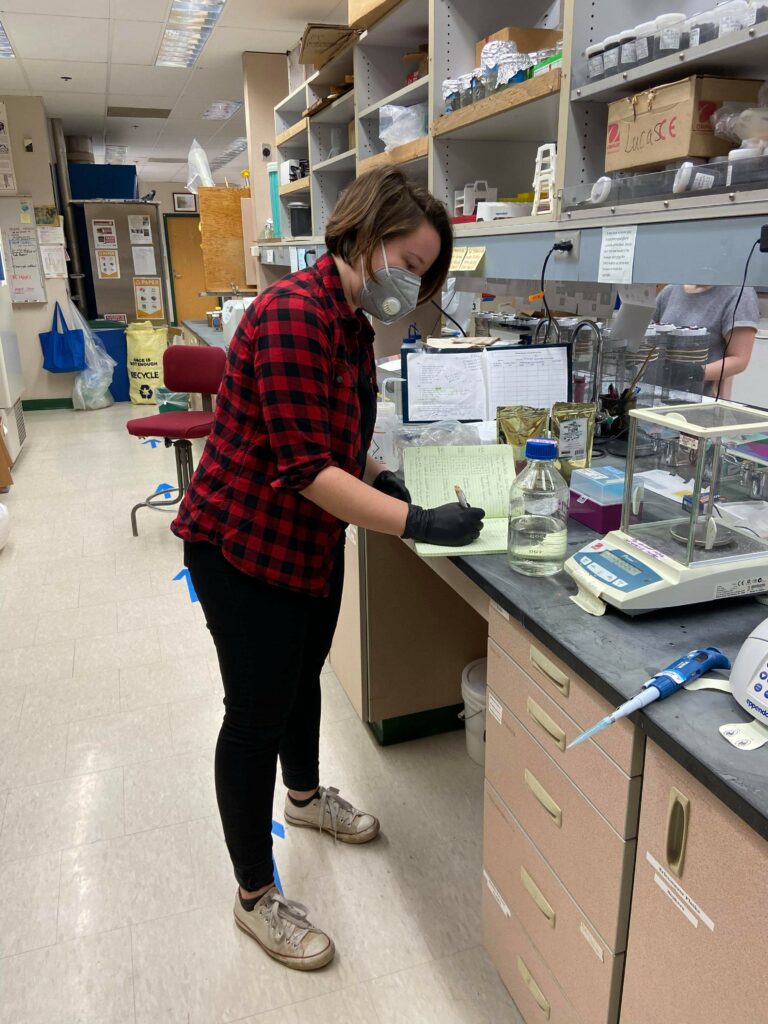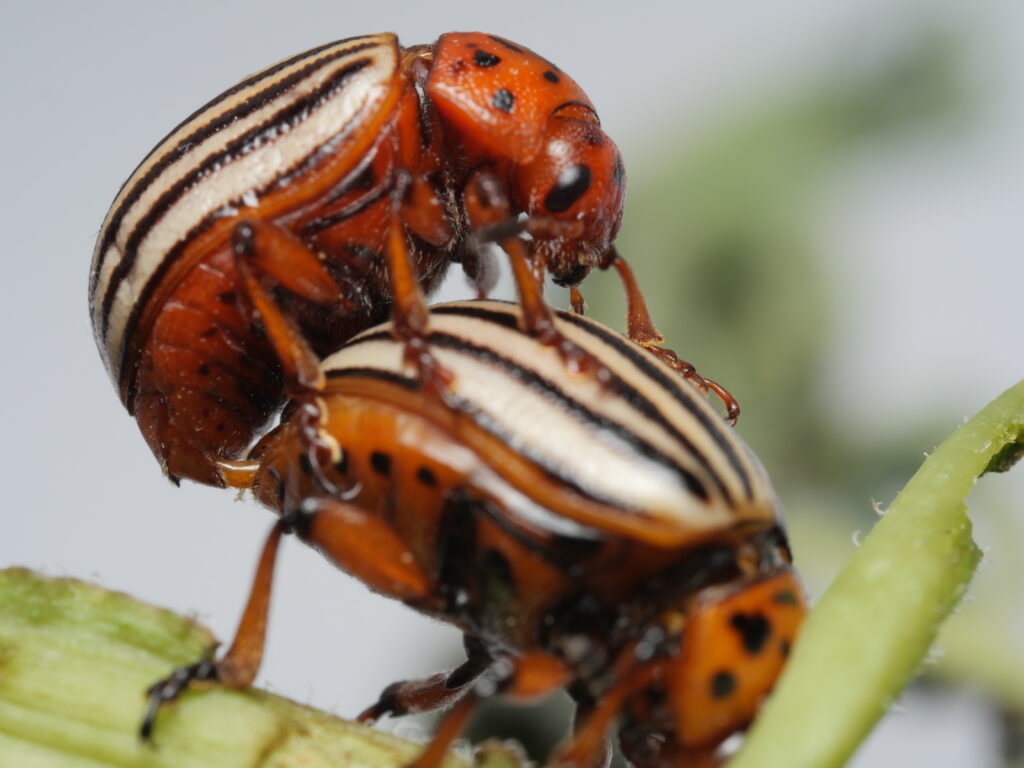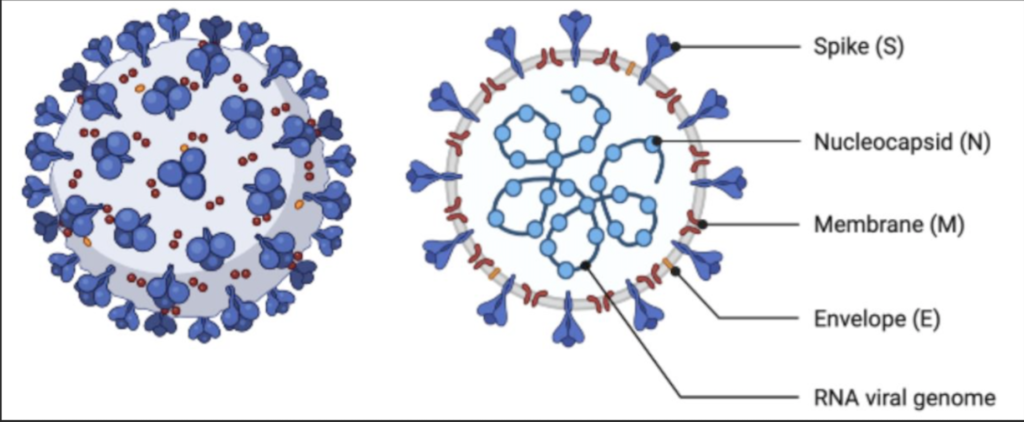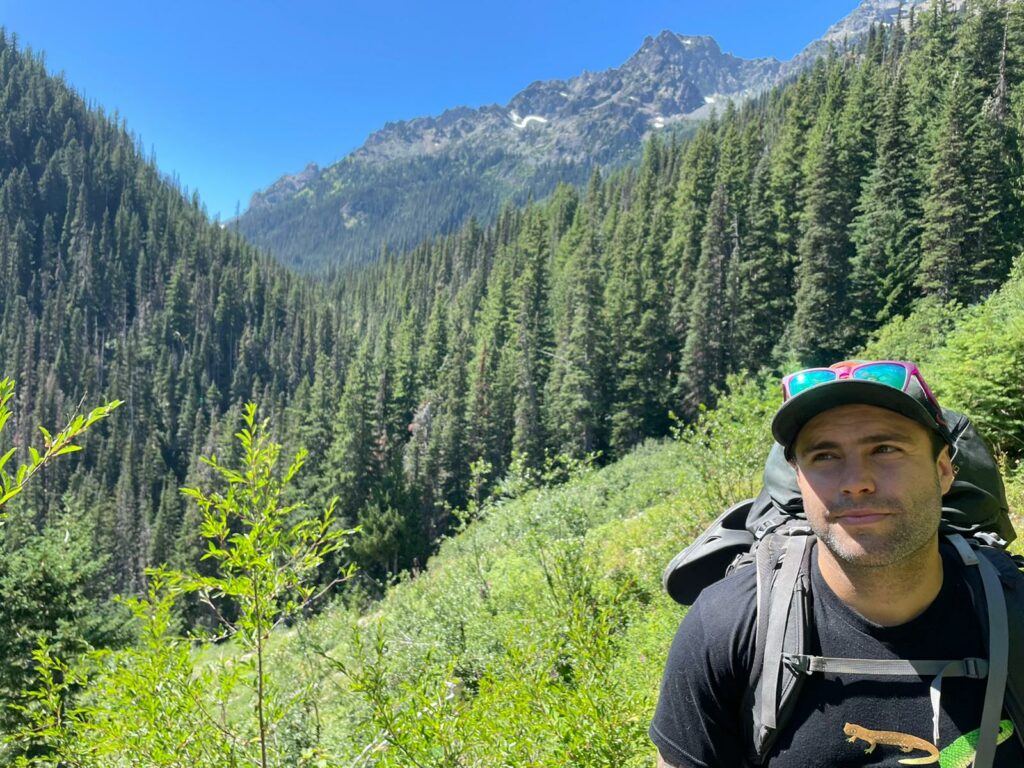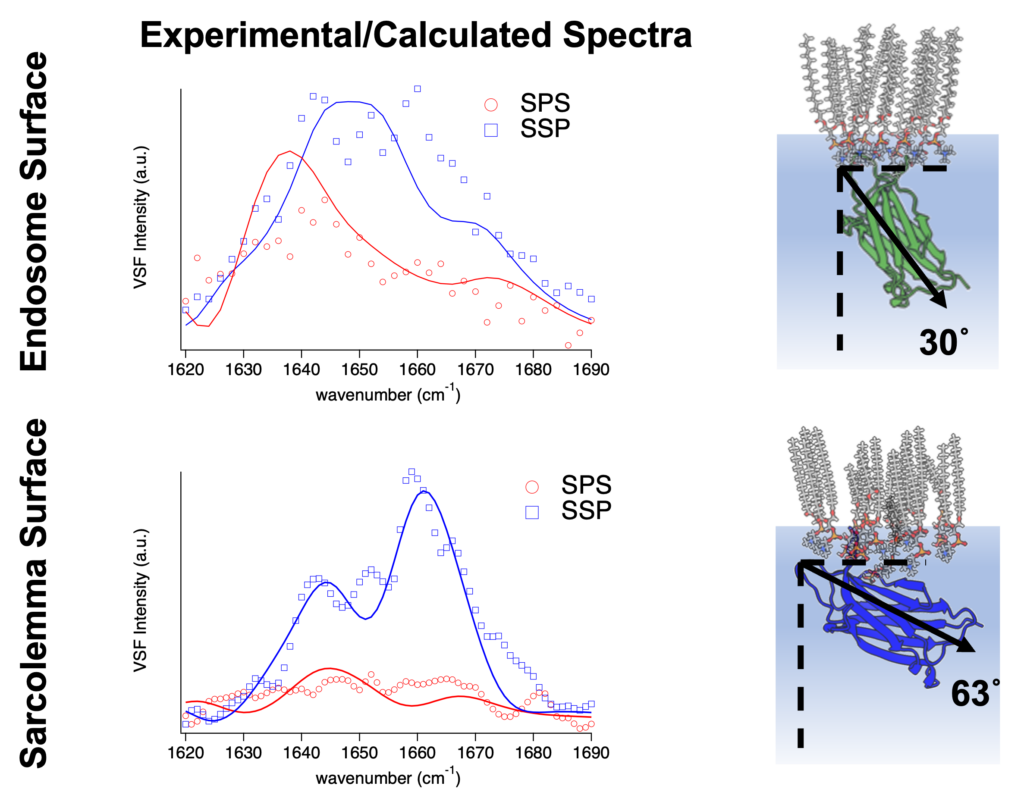Native English speakers enjoy a distinct privilege in academic publishing due to the outsize impact of the English language on global publishing and media. But how has the dominance of English impacted the research of non-native speakers? What is the role for non-English language scholarship, particularly in the post-colonial era? These are some of the questions that Danlu Yang, our next guest, investigates in her graduate research.
Danlu is a second year master’s student and anthropologist in the Applied Anthropology Graduate Program at OSU, working with Prof. Shaozeng Zhang. Her main subject of study is a collaborative project dedicated to translating anthropological research between Chinese and Portuguese. Contributors to this project come from four countries and include anthropologists, editors, and other researchers and community members . Danlu is conducting an ethnographic study of the people involved in this translation project. She is herself highly multilingual, able to speak Chinese, English, Portuguese and Spanish. This gives her a unique vantage point to document how individuals produce and transfer knowledge across cultures and languages. Danlu is also interested in what motivates anthropologists to study rural China and what is gained when local knowledge is able to be expressed without English as an intermediary.
To hear more about Danlu’s experiences and personal background, visit her Linkedin profile and tune in Apr 28th at 7PM to KBVR 88.7 FM or wherever you get your podcasts!





